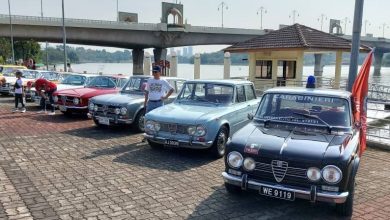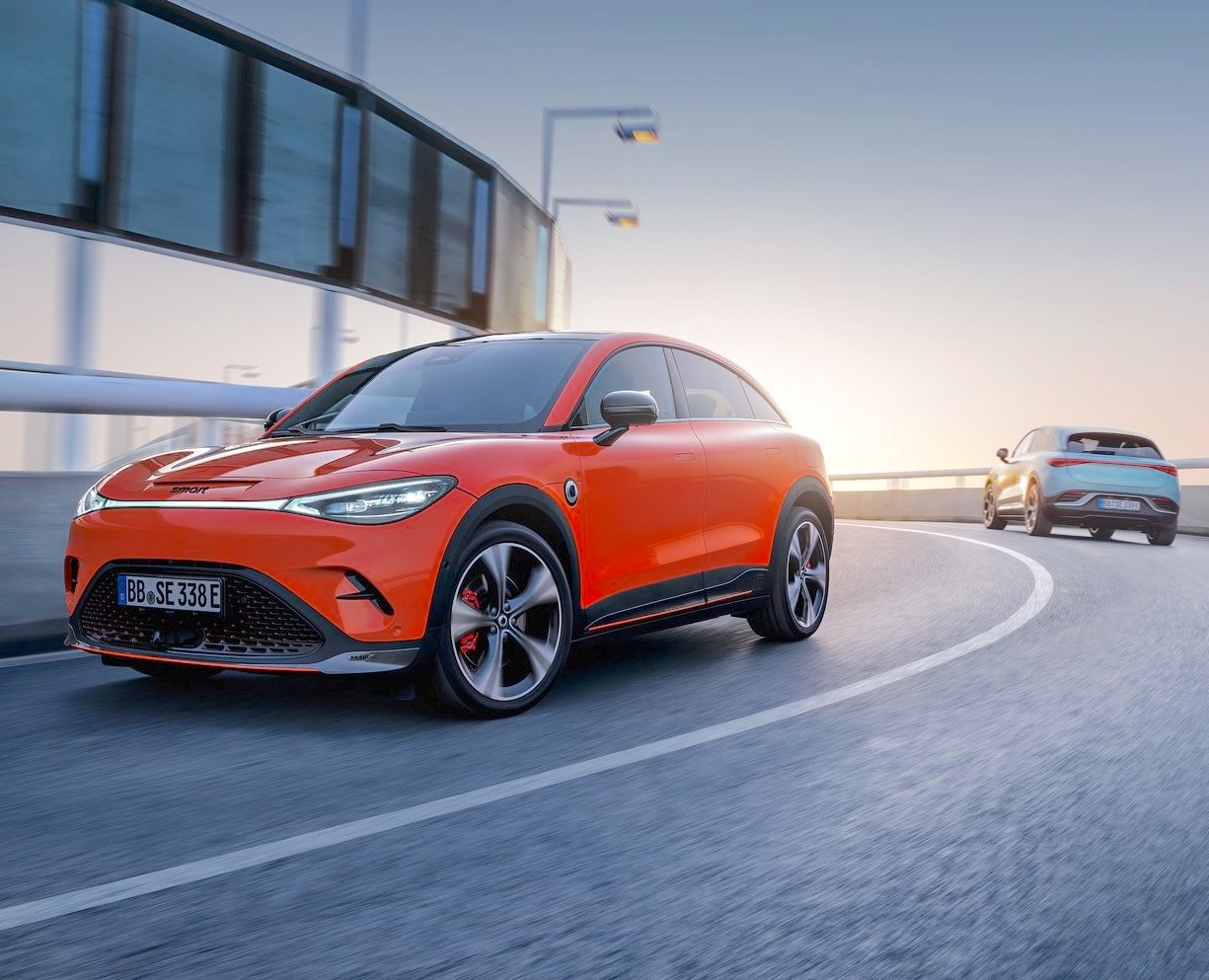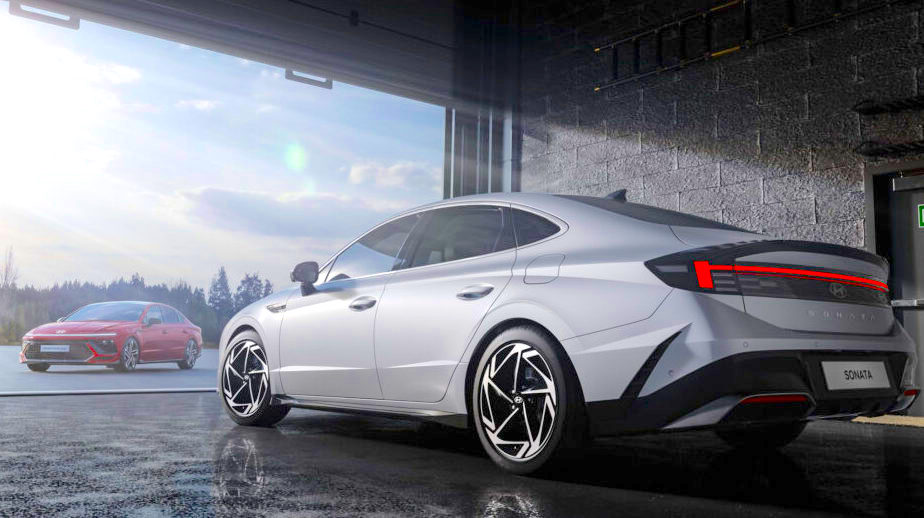Lamborghini driving dynamics control is called Tamburo
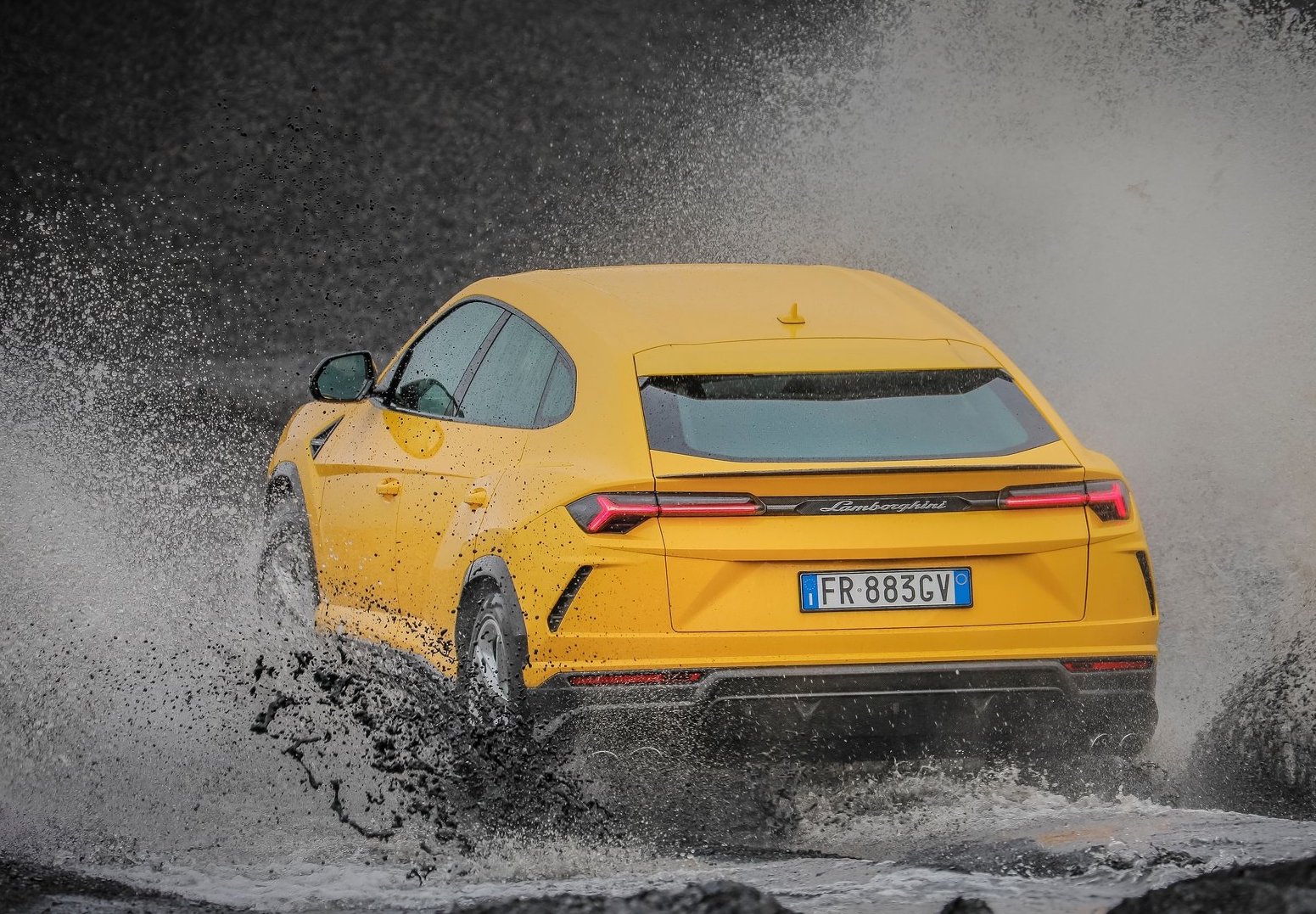
Get into a Lamborghini Urus and you will see the Tamburo driving mode selector on the center console. This controls all dynamic vehicle systems and allows the selection of driving dynamics according to surface conditions or drivers’ preference, via STRADA, SPORT and CORSA as well the additional NEVE (snow) mode.
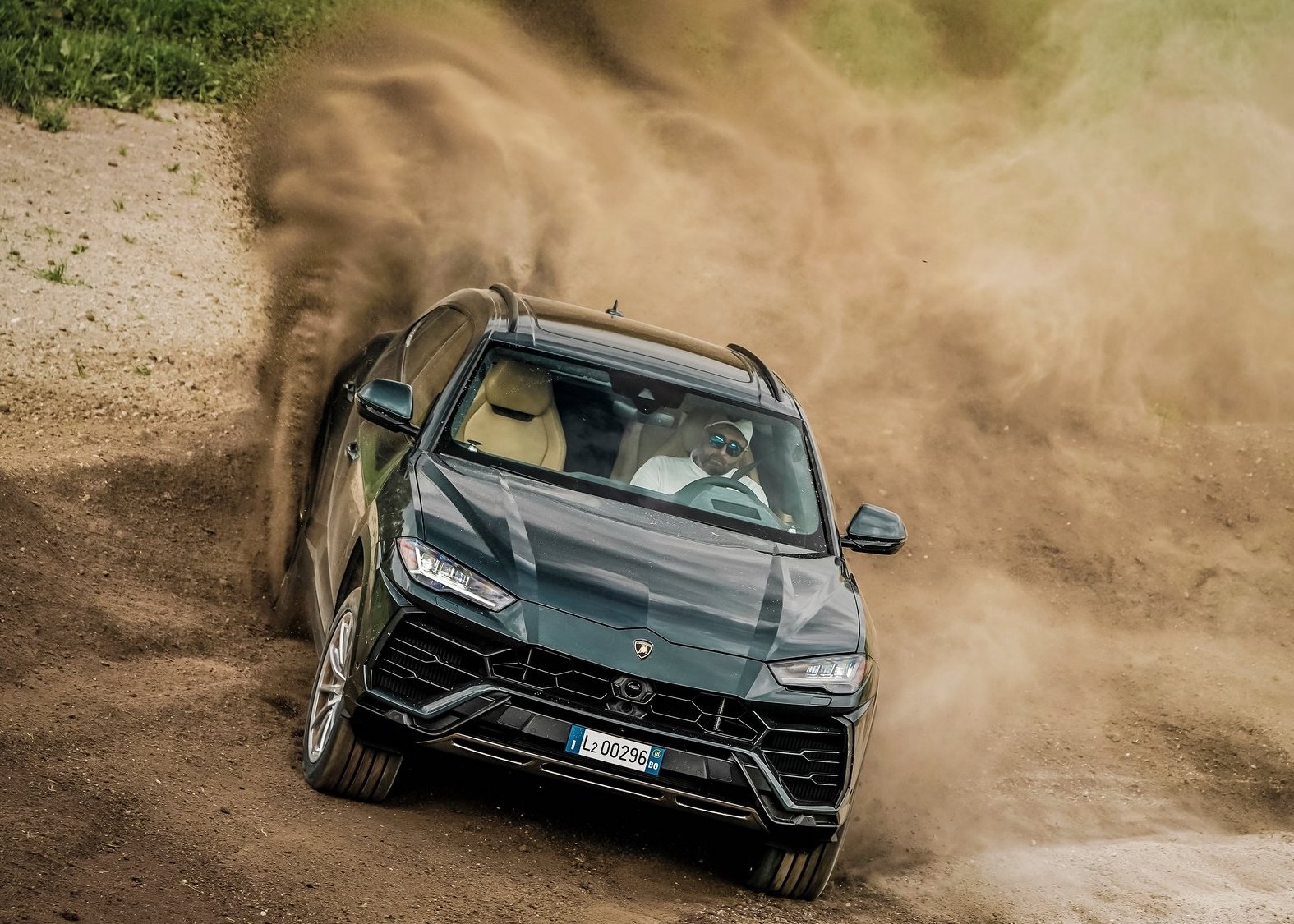
As an option, two further off-road settings are offered: TERRA (off-road) and SABBIA (sand) just be using Tamburo.

In STRADA mode the height adapts according to speed to enhance comfort, while in SPORT via Tamburo, the Lamborghini Urus lowers to ensure stability and precision at all speeds.

In CORSA the vehicle is even more precise and performance oriented with roll at a minimum. In the three off-road modes, NEVE , TERRA and SABBIA higher ground clearance allows obstacles to be safely overcome, with anti-roll bars providing independent asymmetric movement during cornering to ensure optimal traction.

The electromechanical active roll stabilization system is being used for the first time in a Lamborghini. The stabilization system ensures maximum reduction of the roll angle on bumpy roads in both a straight line and around corners through active decoupling of the stabilizer halves, while ensuring the most agile drive and responsive steering.
The Urus’ specially-tuned damping system incorporates new damper valves, continually adjusting to different driving conditions: harder when cornering and softer in a straight line.
The adaptive damper concept is automatically adjusted to different driving modes through ANIMA, or can be fully customized by the driver via the EGO mode, choosing the required rigidity for a very comfortable ride to an extremely sporty, aggressive setting dependent on driving style and road conditions.
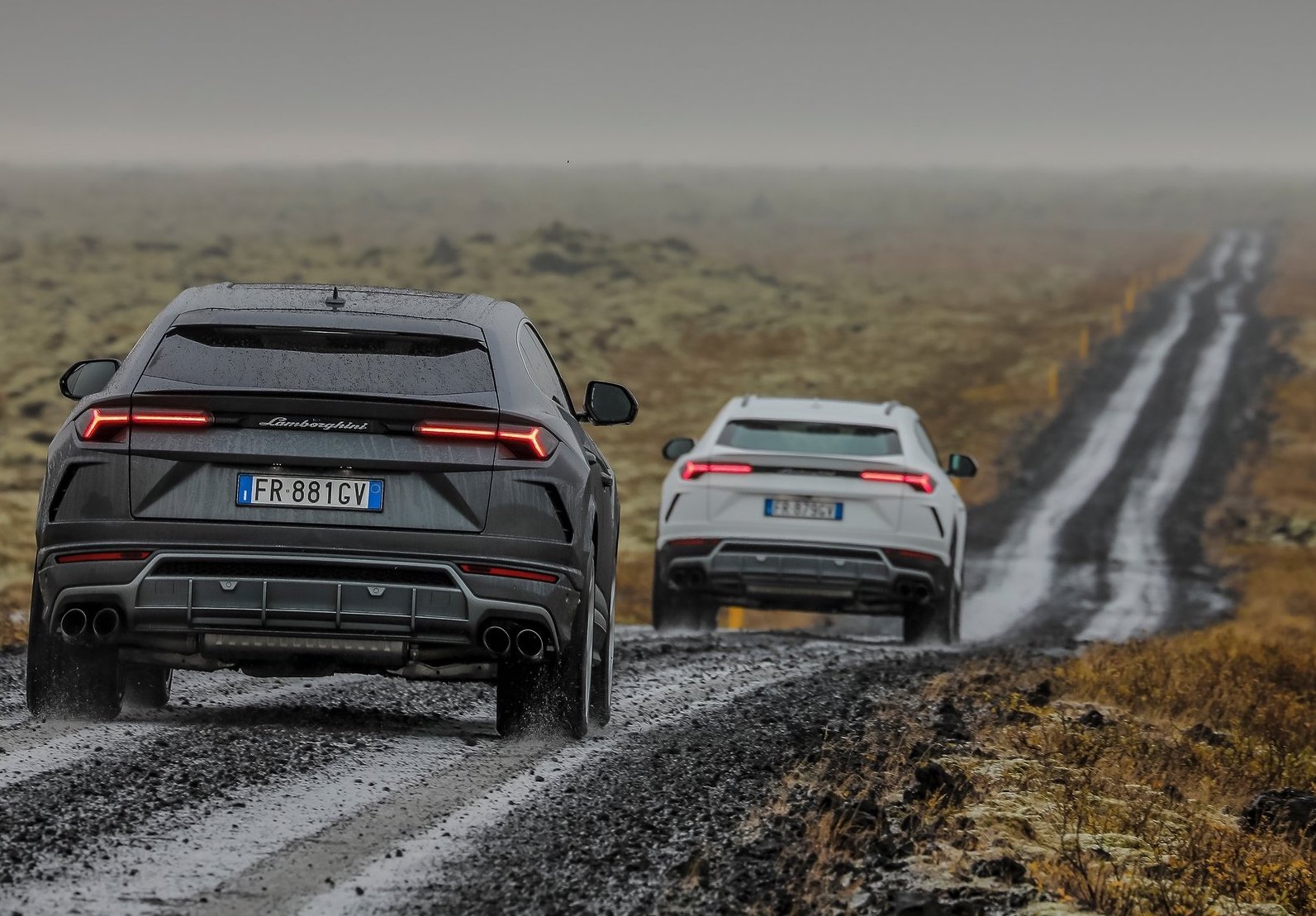
Engine
The Lamborghini Urus sports a new front-mounted, 4.0 liter petrol V8 twin-turbo aluminum engine. The choice of a turbo engine, the first in a Lamborghini, reflects the desired usage range of the Urus. Especially in off-road conditions a high level of torque at low revs is necessary and can be guaranteed only by such an engine, providing optimal engine responsiveness and efficiency.
Delivering 650 hp at 6,000 rpm, maximum 6,800 rpm and a maximum torque of 850 Nm at 2,250-4,500 rpm, the Urus has a specific power of 162.7 hp/l. With a curb weight lower than 2,200 kg the Urus is the SUV with the best weight-to-power ratio at 3.38 kg/hp.
The Urus accelerates from 0-100 km/h in 3.6 seconds, 0-200 km/h in 12.8 seconds and reaches a top speed of 305 km/h. Braking is no less impressive: the Urus decelerates from 100 km/h to 0 in 33.7 m.
The compact engine optimizes the car’s center of gravity through its low-mounted position. With a central turbo charger layout close to the combustion chambers, optimum engine responsiveness is assured.
The twin-scroll turbochargers run in parallel, providing maximum power in full-load conditions. This reduces turbo lag and ensures maximum torque and smooth provision of power throughout the torque curve, even at low speeds. Two separate exhaust flows complement the cylinder firing sequence by eliminating cross-interference in the exhaust gas cycle.
With a double overhead camshaft and variable valve timing, new cylinder-liner technology reduces weight while ensuring the highest performance from the eight-cylinder engine. Cylinder deactivation reduces fuel consumption for a perfect balance between vehicle performance and efficient engine function.
Transmission and gearbox
The Lamborghini Urus features an automatic eight-speed gearbox. The compact and efficient electro-hydraulically controlled planetary gearbox is tuned to provide very short low gear ratios and longer high gears. A highly efficient slip-controlled converter lock-up clutch and specially-developed torque converter guarantee a highly responsive engine, with an exceptionally powerful starting ratio for exciting acceleration, and high speed at low engine revs for optimal fuel consumption and emissions. Highly efficient gear braking is also assured.
Lamborghini four-wheel drive and torque vectoring
The Lamborghini Urus’ four-wheel drive system delivers safe, highly-responsive driving dynamics on every road and surface, in all weather. A Torsen central self-locking differential provides maximum control and agility in all driving conditions, particularly off-road.
Torque is split 40/60 to the independent front/rear axle as standard, with a dynamic maximum torque of 70% to the front or 87% to the rear, enhancing traction to the axle with higher ground friction.
The Lamborghini Urus features active torque vectoring via a rear differential, enabling propulsive power to be instantly distributed to each individual wheel for enhanced traction, depending on the driving mode, driving style and the road grip. Torque vectoring also provides additional steering control: less steering effort is required, with enhanced agility allowing higher cornering speeds and a more sporty drive.
Yaw motion is controlled, avoiding understeer into corners and tire slip during acceleration. In the driving modes using Tamburo, STRADA, TERRA (off-road) and NEVE (snow) torque vectoring reduces understeer for safe and simple driving. In SPORT and CORSA torque vectoring allows the Urus to become more agile with a greater oversteer character: interaction between the four-wheel drive system and ESC manages oversteer to enable a precise and fun drive. In SABBIA (sand) mode, the system is calibrated to guarantee agility and precision on terrains with reduced grip such as on gravel or sand dunes, making it the ideal mode for off-road fun.
Rear-wheel steering
The Lamborghini Urus adopts the rear-wheel steering introduced in the Aventador S over the whole speed range. The rear steering angle varies up to +/- 3.0 degrees, according to vehicle speed and driving mode selected: at low speeds the rear-axle steering angle is opposite to that of the front wheels (counter-phase steering), effectively shortening the wheelbase up to 600 mm for increased agility and a reduced turning circle for increased maneuverability.
At high speeds the rear axle steering angle is in the same direction as the front wheels (in-phase steering), elongating the wheelbase up to 600 mm for increased stability and ride comfort as well as optimum driving dynamics.
So, all that is left is for your to find a nice large patch of dirt and experience the engineering via Tamburo that you have paid handsomely for.


